Sport Tracking
WORKING DOG TRAINING FOR EVERY DOG!
Sport Tracking for Your Dog!
We are in an amazing period in the World today. The use of dogs for specialty detec8on work, human assistance, and medical purposes has skyrocketed. There has never been a 8me in our history where Canis familiaris has been more in tune to the human experience than now. From the primi8ve beginnings of mankind when the wolf first shared a meal with a humanoid to modern 8mes and the detec8on of early stages of cancer in the human body, the dog has evolved on par with us; perhaps more so.
Dogs can perform tasks with their noses that no machinery could ever duplicate at a cost that is negligible all while ac8ng as a calming agent for our souls. They ask for nothing other than a meal and our companionship. Their loyalty is beyond any human experience ever known. Just think about it
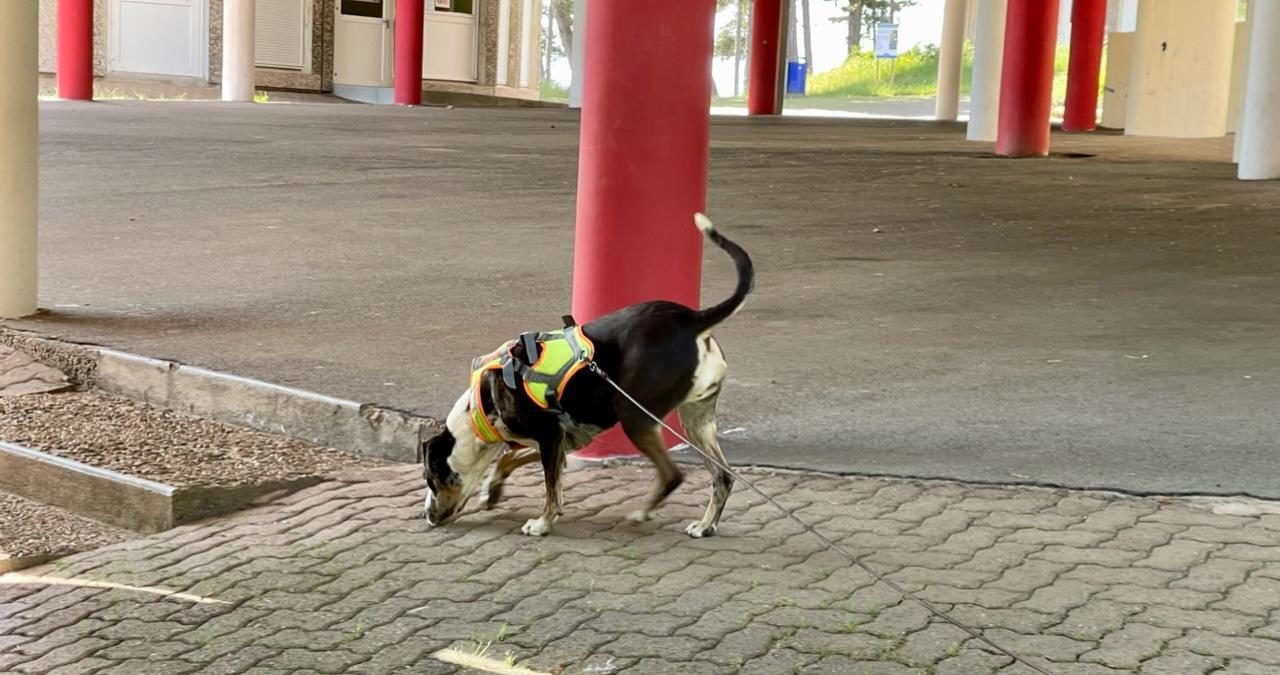
And here is the cool part…you do not have to be a hunter, a police officer, or a military working dog handler to do the same thing with your dog that they do! You simply must apply the hunting art and the principle to your pet dog. All dogs, not just working dogs, have the hunting instinct deeply imbedded in their being. It does not matter if you have a Chihuahua or a French Bulldog, they too have the wolf like instinct to hunt and track wild game. Believe it or not, but from a DNA perspective, these diminutive breeds are not all that far removed from their wolf cousins and have the same desires and drives; we simply need to harness it.
Tracking is the act of following a specific odor from a place last seen to and ending location and finding that thing, human or animal. Wild dogs do this for food, pack mates, enemies, and reproduction. This

ALL DOGS INSTINCTIVELY KNOW HOW TO DO THIS JOB!
HOW DID ALL OF THIS START?
Well, humans have been hunting other humans with dogs for centuries with some of the first writings on the subject appearing in Scotland where bloodhounds were used to hunt William Wallace and Robert the Bruce in 1307. The basis for this work came from hunting wild game with tracking dogs.
The basis for tracking is rooted in hunting game for food. The earliest practitioners of dog tracking work needed to put food on the table daily and in the old world, this was no easy feat.
Our forefathers realized that half of the equation was the thrill of the hunt or chase and they used this trigger to simulate their dogs into hunting certain target species. We use this ancient training model in our system.
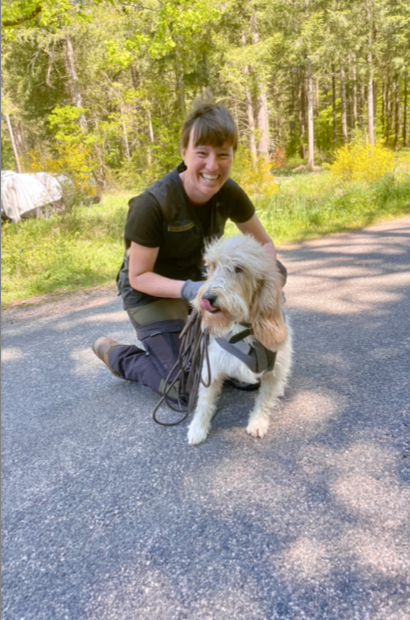
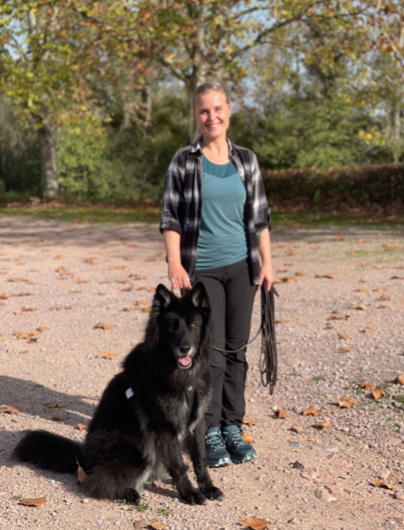
Tracking dogs are used widely today on every continent on the planet for everything from saving missing people to hunting down poachers or criminals. As a matter of fact, this is how my career started way back in 1994. I was a new police K9 handler for the City of Alameda with the very first single purpose tracking bloodhound used full time in a municipal police department. Ronin and I were partners for close to a decade and worked every manner of search possible throughout California as well as other states. We worked over 400 man hunts to include the Carry Stayner serial killer case as well as Eric Rudolf, convicted abortion clinic and Atlanta Olympic Games bomber. I wrote about our escapades in my book, Red Dog Rising. Since that time, I have retired, opened a dog training company, Georgia K9 NTC, and written five other books on the subject, primarily how-to. I spend my time now professionally training others to do what I did!
Every persons’ scent is unique and no two are alike!
I train new handlers how to work their dogs and teach them to be scent specific. In other words, getting the dog to track and teaching them to find only one human based on that human’s unique odor. Everyone has a different scent, and our dogs can discriminate one human from another.
A human track may be in the woods, a field, a rural village, or deep in the city and tracking dogs can work all these places if they have become accustomed to them. A big part of what we do is not teaching the dog to track but more importantly, how to track in certain places all while staying locked on just one odor. Believe it or not, dogs can track effortlessly for many miles and over hours without stopping. The longest track I ever worked where I caught the people was over 12 miles and 11 hours of constant work. I was useless at the end, but my dog was ready for another go!

SOME PET DOGS ARE EVERY BIT AS GOOD AS WORKING DOGS!
HOW DID THIS BECOME A SPORT?
Kind of by accident actually! This all began for me about ten years ago when I taught my first school on the subject in Germany for search and rescue personnel. Amongst some of my students were just regular dog people that wanted to try tracking simply for the fun of it. We quickly discovered that their pet dogs were every bit as good as some of the working dogs
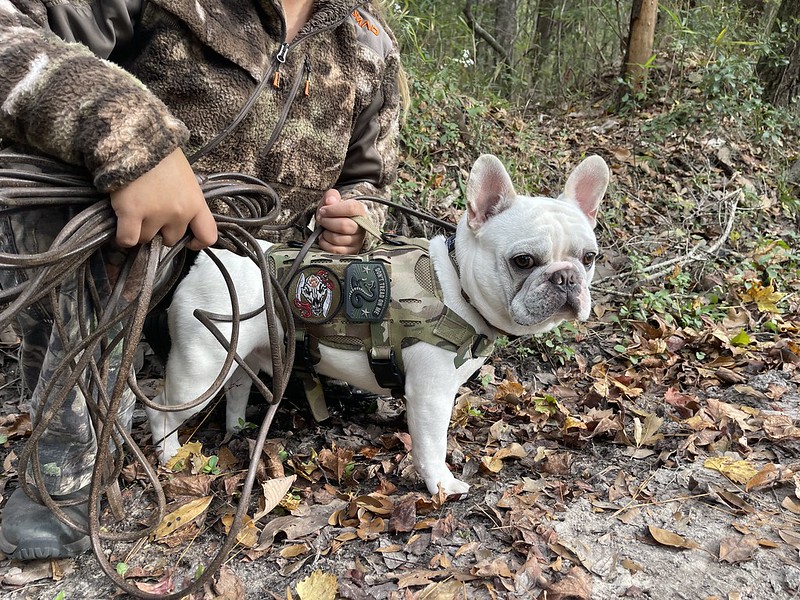
Why is Sport Tracking so wildly popular?
It is very simple…pure fun, great exercise, and happier dogs than ever before. You can’t ask for a better combination. You can also do this anywhere with a minimal amount of equipment or cost. You only need a harness and tracking leash for your dog, and you are all set. Most people see immediate results on the first day of training. Our system is based on the dogs own natural instincts to track so we are not teaching them something they do not already know. We are just stimulating the instinctive response for tracking and rewarding with love, praise, food, and/ or toys. I call it the pleasure principle. We make something so fun and exciting that the dog goes crazy with desire to do it. With most dogs, the thrill of the hunt dominates their
At the end of the day, your dog will be tired, satisfied, and happier than ever before all because they fulfilled an instinctive requirement for survival. A happier, more satisfied dog also means a reduction in unwanted behavior such as digging or chewing, better physical fitness, and a far stronger bond with their human partner than ever before. It is simply win, win, no matter how you look at it. As the dog becomes happier, more energetic, and fitter than ever before, so do our human clients. It is truly a symbiotic relationship.

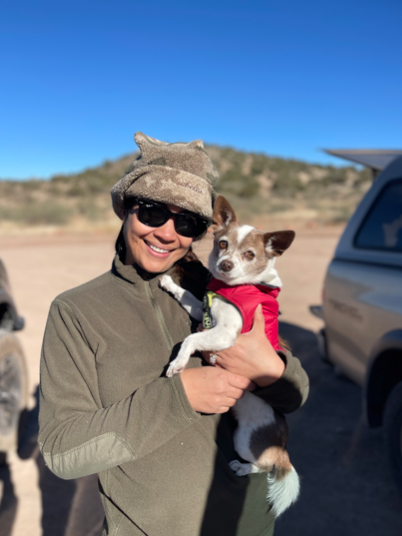
Our training locations vary but usually start in the woods or fields free of human activity. We need this to ensure the dog
Your dog is gonna love this!
stays focused on just one odor while they build their skills. As the dogs’ progress, we change locations to rural, sub urban, and then ultimately, urban locations. We actually have a 16-level certification program that goes along with each of these locations; four levels per location. Remember that little Frenchie in the beginning of this article who had just started with very short trails? This is Bubbles after only a couple of days of training: Blanco Lechon
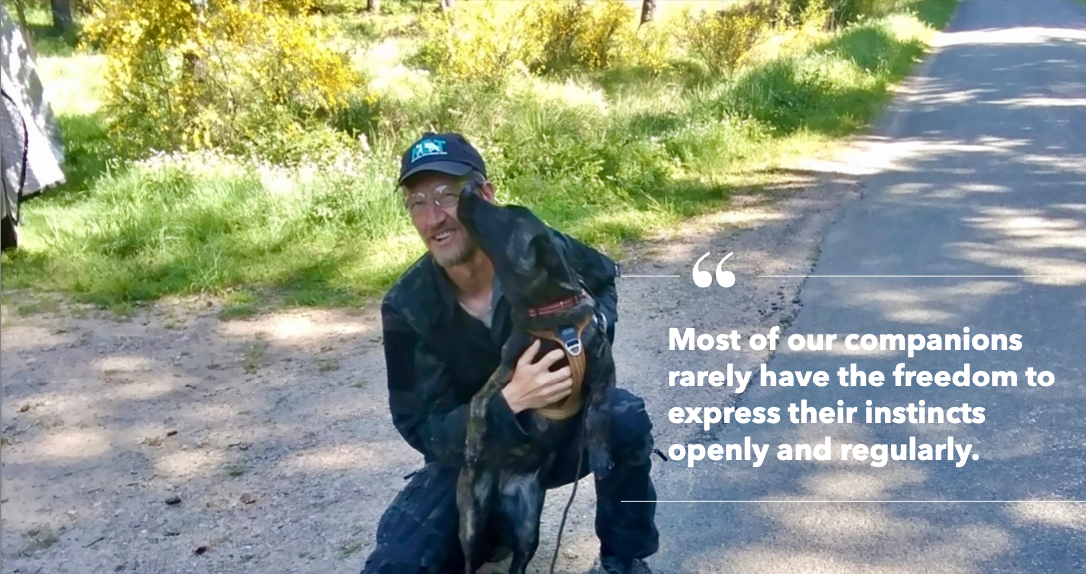
FUN & FITNESS FOR FURRY FRIENDS!
HOW DO I GET
STARTED?
Click on the link below and you will be directed to our main landing page for sport tracking. Simply fill out the inquiry at the bottom of the page and hit send! We will have a trainer call you to schedule an evaluation. The evaluation is free if you come to us, and it takes about 30-45 minutes to complete. Our
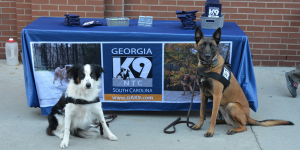 GAK9 South Carolina dogs and trainers will be at the Charleston Riverdogs home games every Monday night! Come to our table near the concessions area to talk about dogs and dog behavior.
GAK9 South Carolina dogs and trainers will be at the Charleston Riverdogs home games every Monday night! Come to our table near the concessions area to talk about dogs and dog behavior.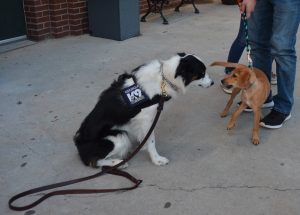 Whatever your needs may be, GAK9 trainers will work with you to achieve the relationship you have always wanted with your dog.
Whatever your needs may be, GAK9 trainers will work with you to achieve the relationship you have always wanted with your dog.

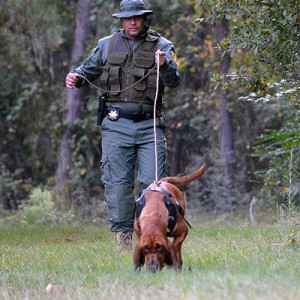 Another GAK9 Hound find…they are coming every day! Great work Mike Mason and Deja from San Bernardino County Sheriff’s Dept.
Another GAK9 Hound find…they are coming every day! Great work Mike Mason and Deja from San Bernardino County Sheriff’s Dept.